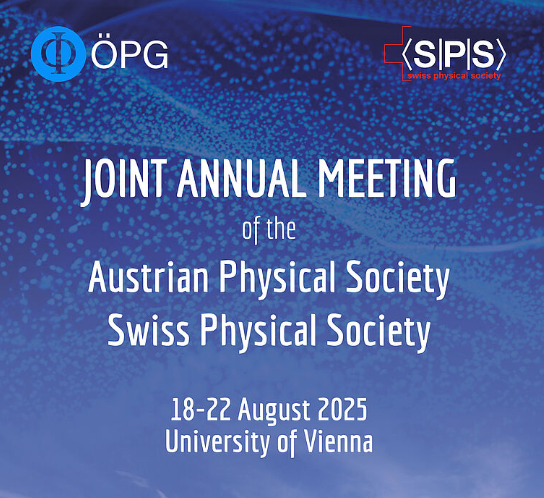https://doi.org/10.1140/epjds/s13688-022-00351-9
Regular Article
Exposure to parks through the lens of urban mobility
1
Instituto de Cálculo, UBA-CONICET, Ciudad de Buenos Aires, Argentina
2
Department of Landscape Architecture and Environmental Planning, UC Berkeley, California, US
3
Department of Civil and Environmental Engineering, UC Berkeley, California, US
4
Department of City and Regional Planning, UC Berkeley, California, US
5
Lawrence Berkeley National Laboratory, UC Berkeley, California, US
Received:
28
October
2021
Accepted:
14
June
2022
Published online:
18
July
2022
This work presents a portable framework to estimate potential park demand and park exposure through bipartite weighted networks. We use mobility information and open spatial information. Mobility information comes in the form of daily activities sampled from a model based on Call Detail Records (CDR). Spatial information comprise parks represented through OpenStreetMaps polygons and census tracts from the 2010 decennial US Census. The framework summarizes each city’s information into one bipartite weighted network with the link weights representing the number of potential visits to a park from each census tract on an average weekday.
We compare park exposure and park demand in Greater Los Angeles and Greater Boston in a pre-pandemic scenario. The park exposure of a census tract is calculated as the number of parks surrounding the daily activities of its inhabitants. The demand of a park is calculated as the number of daily activities surrounding it. We find that both cities’ distribution of park exposure have similar shape with Boston having a higher average. On the other hand, the distribution of park demand is very similar in both cities, although their park spatial distributions are different. We include racial/ethnic information from the Census to explore how the park exposure connects tracts of different racial/ethnic groups. We associate parks to racial/ethnic groups based on the number of visitors from each group. Parks within minorities’ tracts are mostly used by majority groups. Finally, through detecting communities in the network, we find that park exposure connects the cities locally, linking parks to their tracts nearby. Furthermore, we find a significant spatial correlation between network communities and different racial/ethnic composition in Los Angeles. This way, patterns of park exposure reproduce the separation among demographic groups of the city.
Key words: Parks / Segregation / CDR / OSM / Census / Green spaces / Exposure / Demand / Accessibility
Supplementary Information The online version contains supplementary material available at https://doi.org/10.1140/epjds/s13688-022-00351-9.
© The Author(s) 2022
 Open Access This article is licensed under a Creative Commons Attribution 4.0 International License, which permits use, sharing, adaptation, distribution and reproduction in any medium or format, as long as you give appropriate credit to the original author(s) and the source, provide a link to the Creative Commons licence, and indicate if changes were made. The images or other third party material in this article are included in the article’s Creative Commons licence, unless indicated otherwise in a credit line to the material. If material is not included in the article’s Creative Commons licence and your intended use is not permitted by statutory regulation or exceeds the permitted use, you will need to obtain permission directly from the copyright holder. To view a copy of this licence, visit http://creativecommons.org/licenses/by/4.0/.
Open Access This article is licensed under a Creative Commons Attribution 4.0 International License, which permits use, sharing, adaptation, distribution and reproduction in any medium or format, as long as you give appropriate credit to the original author(s) and the source, provide a link to the Creative Commons licence, and indicate if changes were made. The images or other third party material in this article are included in the article’s Creative Commons licence, unless indicated otherwise in a credit line to the material. If material is not included in the article’s Creative Commons licence and your intended use is not permitted by statutory regulation or exceeds the permitted use, you will need to obtain permission directly from the copyright holder. To view a copy of this licence, visit http://creativecommons.org/licenses/by/4.0/.




